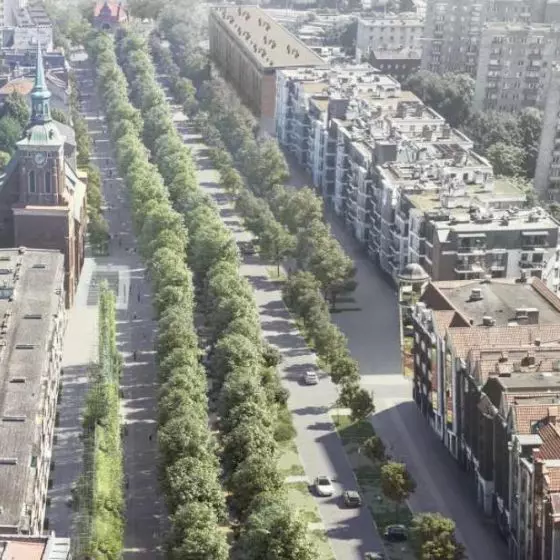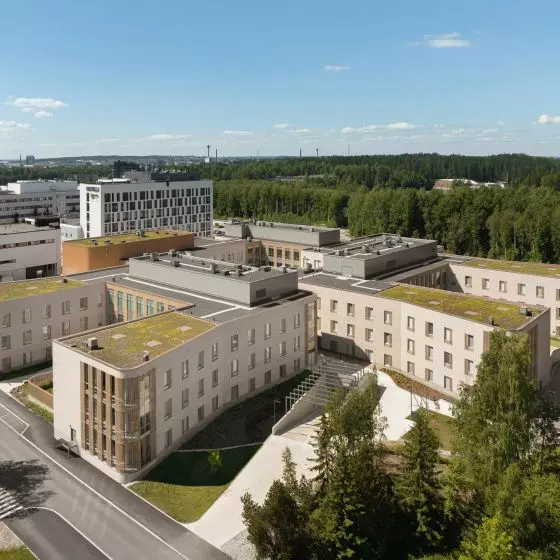The conflict over the future of Warsaw's Hala Gwardii is intensifying. The city plans to select an operator to renovate the building and manage it for 30 years. Residents are protesting, fearing a repeat of gentrified Hala Koszyki and a change in the character of the last bazaar in the center of the capital.
Residents and activists from the Miasto Jest Nasze (City Is Ours) association are warning that Warsaw could lose the last local market in the city center, located around Hale Mirowskie. It's all due to City Hall's proceedings to select the external operator of Hala Gwardii. The city is trying to mitigate the conflict by explaining that nothing will really change at this location. However, the public do not completly believe these declarations - as negotiations on the future of the place are kept secret. Nearly 8,000 people have signed a petition in defense of the market. Signatures are being collected on the naszademokracja.pl platform.
There are no plans to close the market at Hala Gwardii. In context of false information and suggestions that the city is planning to liquidate the market at Gwardia Hall, we unequivocally inform you that the city is only planning to renovate the hall building itself, which will continue to serve the same commercial function after the renovation.
City Hall's position(link to full text)
a place with history
Hale Mirowskie is a complex of twin market halls in Warsaw's Mirów district, which were erected in 1899-1902. Ludwik Panczakiewicz, Apoloniusz Nieniewski and Władysław Kozłowski were responsible for the architectural design of the buildings. The western hall (Mirowska) has had commercial functions since 1962, and since 1974 it has been managed by WSS "Społem" Śródmieście COOP. The eastern hall (Gwardii) immediately after the war served as a bus depot and then as a sports hall. After 1989 it was also partially transformed into a commercial facility, and functioned in this way until 2017 when, after a minor facelift, a food zone and organic food market were launched here. And it is the Hala Gwardii that is the subject of the proceedings to select a future operator.
Photo: Zuzanna Mielczarek
As the city authorities explain, the proceedings are primarily concerned with the "revitalization" (although this term is definitely overstatement) of the Hall building. This does not convince residents - as the tender documentation included a map with the bazaar area and the park marked as optional properties, which the potential operator can use in its project.
inaccuracies and understatements
As Zuzanna Mielczarek, an architect, a daily customer and enthusiast of the Halls of Mirowskie, notes, contrary to the official communication of the City of Warsaw, the ongoing protest is not directed against the total liquidation of the market. The preservation of the market's function at the site has indeed been communicated by the City from the beginning of the bidding process, she said, adding, however, that activists and residents have signaled a risk in the form of changing the nature of the market to one that is less affordable and less inclusive. Such a risk may be carried by a multi-year lease in the nature of a public-private partnership without detailing criteria such as the amount of rental prices for booths/locations.
Inaccuracies also appear if the current assurances of City Hall, are juxtaposed with the declarations made during the consultation meetings held after the tender was announced. At the time, Deputy Mayor Michal Olszewski indicated that "lifting" the market area was indeed being considered, if the tenant was interested in the area. Today, city representatives categorically rule out such interference:
A map has appeared that covers the market area with the description "optional property." EXCLUSIONS. The indication of areas as "optional" in the documentation of the proceedings means ONLY THAT there may be elements of the project in this area, such as the repair of a sidewalk or other minor infrastructure (if the budget allows it at all). Importantly, optionality does not imply any claim to "grant the property," but only a safeguard in case there is a need for minor work or cleanup.
City of Warsaw, facebook.com
Map of the scope of the proceedings
source: tender materials
It is worth noting that the map did not appear maliciously, but is officially attached to the tender, as one of the first files. As can be deduced from the Facebook explanation, the interpretation of "optionality" is very discretionary," notes Zuzanna Mielczarek, " Therefore, the concerns of residents and activists and demands for transparency are most justified. After all, this is about an area of high social and cultural value, used by everyone, in the heart of the city.
gentrification and the need for order
As the bazaar's defenders point out, the "tidying up" of the bazaar signaled by some city officials does not always work in favor of such places. A similar project in Warsaw's Praga district failed - the renovated Bazar Różyckiego is empty. Controversy also surrounds the redevelopment of Poznan's Rynek Łazarski.
photo by Zuzanna Mielczarek
The continuity of the commercial function at this location is to be ensured by the selection of a new commercial operator. And here, too, the city points out that currently the hall's operator is a private entity, so nothing will change here either. However, this is not entirely true. The Hall's third-party operator, CBR events, has been managing the facility since 2017 and is also one of the participants in the current proceedings. What will change, however, is the lease term. The current 5-year contract, will be replaced by a 30-year contract, which could significantly reduce the possibility of public control of the venue in the future.
Zuzanna Mielczarek does not hide her concerns, At the moment, the operator's spatial interventions are highly temporary - linoleum on the floor, simple stands and benches made of inexpensive materials (designed by Bulanda and Mucha Architects). The decision to renovate the building is a legitimate necessity, which the protesters do not dispute. The city, lacking funds in its budget for this investment, opted for a PPP formula - a risky one, as it is 30 years long. Administering the building over such a long period means de facto handing it over to a private operator.
Photo: Zuzanna Mielczarek
against exclusion
Officials argue that the restrictions they have introduced, including a ban on large-format trade, will ensure that the historical character of the hall will be maintained. The question is whether a prestigious biobazaar instead of a discount store will be a more favorable solution? Concerns about the gentrification of the place are not without basis, as already now, in the heavily underinvested space, mainly stalls with premium offerings appear, unavailable to a large part of the bazaar users.
Interior of Hala Gwardii
Photo: Adrian Grycuk (wikimedia.org)
The constant offer, although in an affordable setting, is aimed at, however, a customer with a more affluent wallet: Italian delicatessen, Portuguese natural wines, a French bakery... The refuge of authentic accessibility in this part of the Hala Gwardia remains the cult shop-bar Asia Tasty, which functions as an independent establishment. Itis highly likely that the tenant, burdened with large renovation and operating expenses, will raise rents within the hall and its offer will go from expensive to simply exclusive, Mielczarek adds.
What differentiates the outdoor market from the offer of the hall itself is precisely the financially accessible fruits and vegetables, at stands that do not try to pretend to be a designer ecobazaar. Vendors are provided with designated booth spaces and umbrellas, some of which occupy single-story pavilions of yellow brick erected in the early 2000s. And it's this character and local color, as well as the accessibility of the offerings, that residents and activists care about preserving.
Photo by Zuzanna Mielczarek






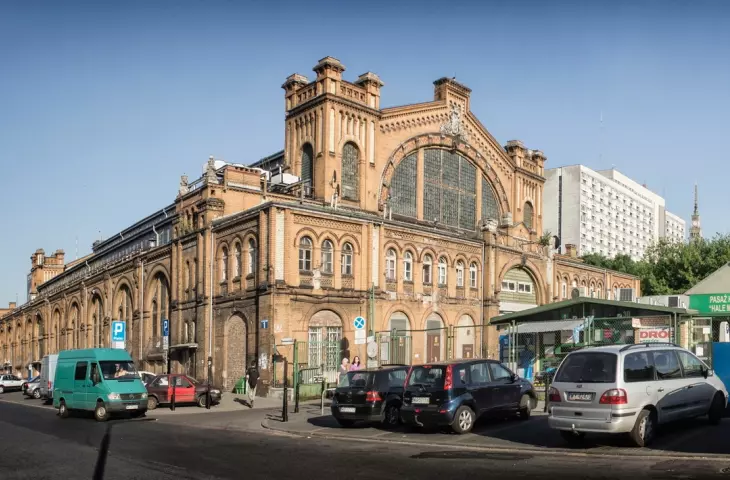





































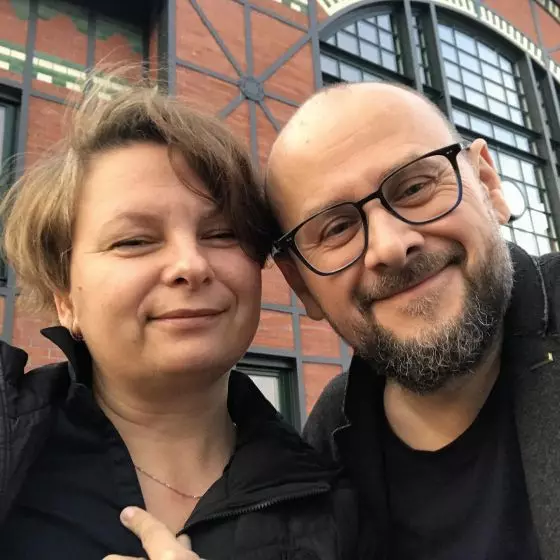
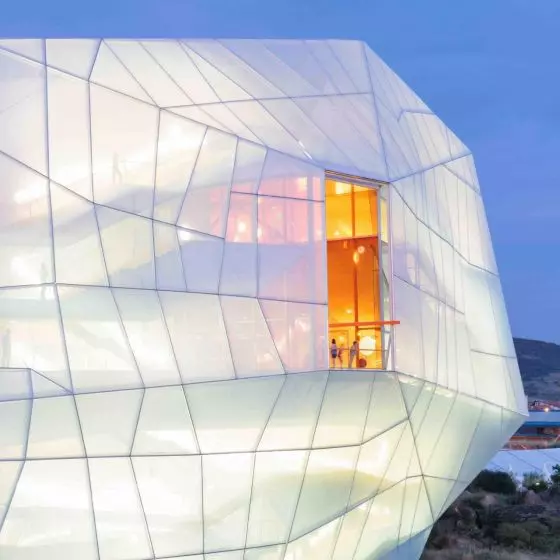
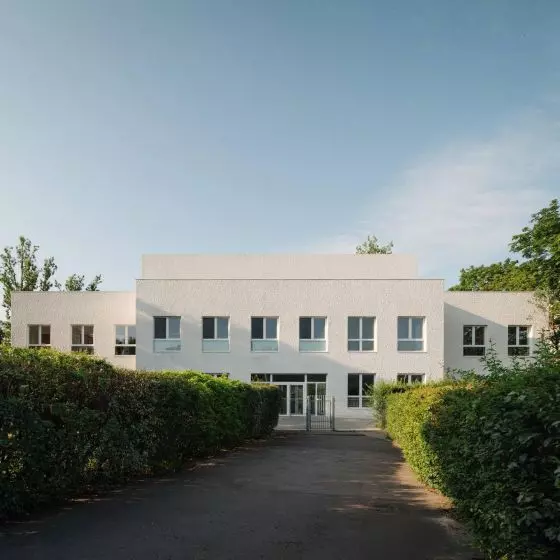
![Ricardo Scofidio [1935–2025]](https://cdn.architekturaibiznes.pl/upload/cms_aktualnosci/38432/images/kadr19/fit/560x560/ricardo-scofidio-457434.jpg)

